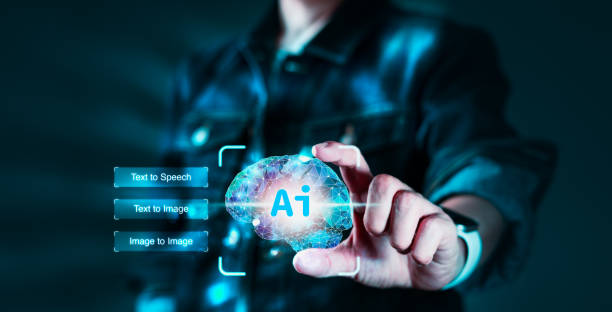What is an AI Robot and How Does It Work?
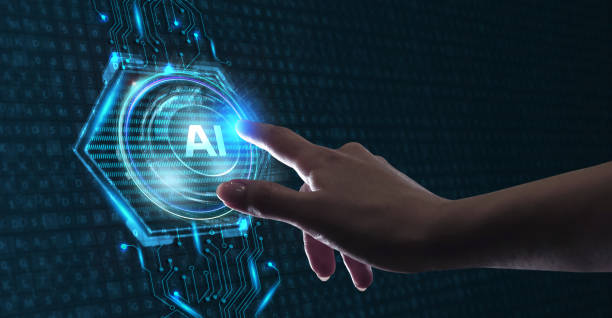
An AI Robot refers to a combination of two main technologies: robotics and artificial intelligence.
Robotics deals with the design, construction, and operation of robots, while artificial intelligence is dedicated to developing systems that can perform tasks typically requiring human intelligence, such as learning, problem-solving, and decision-making.
When these two technologies are combined, robots emerge that can interact with their environment, process information, and perform intelligent actions.
These robots, known as **AI robots**, can be used in a wide range of industries and applications, including manufacturing, healthcare, customer service, and even space exploration.
**AI robots** are capable of learning from data and experiences using machine learning algorithms, especially deep learning.
These algorithms enable the robot to recognize patterns, make predictions, and take optimal decisions.
For example, an industrial robot equipped with **AI** can predict potential defects in the production line by analyzing sensor data and prevent breakdowns.
Or a nursing robot can detect abnormal changes by monitoring a patient’s vital signs and notify the doctor.
These advanced capabilities have transformed the **AI robot** into a powerful tool for increasing productivity, reducing costs, and improving service quality.
For more information, you can refer to the Artificial Intelligence page on Wikipedia.
How much does losing business leads due to an unprofessional website cost you? Solve this problem forever with a professional corporate website design by Rasavab!
✅ Increase credibility and trust among potential customers
✅ Easier attraction of new business leads
⚡ Get a free consultation now!
Diverse Applications of AI Robots in Various Industries

The applications of **AI robots** are extremely broad and diverse, affecting almost every industry.
In the manufacturing industry, **smart robots** can perform repetitive and dangerous tasks with high precision and speed, leading to increased productivity and reduced human errors.
In the healthcare sector, **AI robots** can assist doctors in complex surgeries, administer appropriate medications, and care for patients at home.
In the customer service industry, **chatbot robots** can answer customer questions, resolve their issues, and provide 24/7 support services.
Furthermore, **AI robots** also have applications in other fields, such as precision agriculture, supply chain management, and space exploration.
In precision agriculture, robots can continuously monitor soil, water, and plant conditions using sensors and machine learning algorithms, and take necessary actions to optimize production.
In supply chain management, robots can reduce costs and increase efficiency by predicting demand, managing inventory, and optimizing transportation routes.
And in space exploration, robots can collect information and conduct experiments in hazardous and inaccessible environments for humans.
This diversity of applications shows that the **AI robot** has high potential to change and improve our lives in the future.
Advantages and Disadvantages of Using AI Robots
![]()
The use of **AI robots** has many advantages, including increased productivity, reduced costs, improved service quality, and reduced human risks.
However, there are also disadvantages that need to be considered.
One of the most important disadvantages is the high cost of developing and deploying these robots.
Also, **AI robots** can lead to job displacement, especially for jobs requiring low skills and repetitive tasks.
Furthermore, there are concerns regarding data privacy and security.
**AI robots** require a large volume of data to perform their tasks, and if this data is not properly protected, it can be misused.
Also, these robots can be vulnerable to cyberattacks, disrupting their performance.
Therefore, it is necessary to consider these disadvantages when using **AI robots** and take appropriate measures to mitigate them.
For more information on the benefits of AI, you can refer to this link Benefits of AI.
| Advantages | Disadvantages |
|---|---|
| Increased productivity | High cost |
| Reduced costs | Job displacement |
| Improved service quality | Privacy concerns |
| Reduced human risks | Vulnerability to cyberattacks |
Challenges in Developing and Implementing AI Robots

The development and implementation of **AI robots** face numerous challenges.
One of the most significant challenges is the shortage of skilled professionals in this field.
Developing and implementing these robots requires experts with sufficient knowledge and experience in robotics, artificial intelligence, machine learning, and computer science.
Another challenge is access to sufficient and high-quality data.
**AI robots** need a large volume of data to learn and improve their performance, and if this data is incomplete or inaccurate, the robot’s performance will be compromised.
Additionally, there are challenges related to ethics and accountability.
**AI robots** can make decisions that have significant impacts on human lives, and mechanisms must be in place to ensure these decisions are fair and equitable.
Furthermore, accountability for the robots’ actions must be defined, especially in cases where these actions lead to harm or damage.
Despite these challenges, recent advancements in artificial intelligence and robotics have increased hopes for the broader development and implementation of **smart robots**.
Did you know that 94% of users’ first impressions of a business are related to its website design? With a professional corporate website design by **Rasavab**, turn this first impression into an opportunity for growth.
✅ Attract more customers and increase sales
✅ Build credibility and trust in the eyes of the audience⚡ Get a free website design consultation now!
What Will Be the Future of AI Robots?
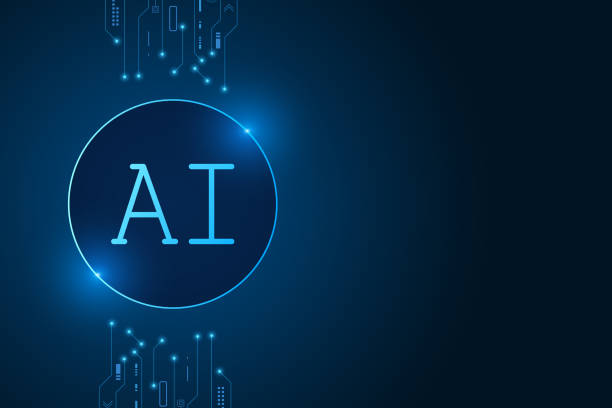
The future of **AI robots** appears very bright and promising.
With continuous advancements in artificial intelligence and robotics, these robots are expected to play a much more significant role in our lives in the near future.
They can be used in a wider range of industries and applications, helping us perform our tasks with greater accuracy and speed.
Furthermore, these robots can help solve complex global problems, such as climate change, pandemics, and poverty.
However, when developing and implementing **AI robots**, it is necessary to consider potential challenges and risks and take appropriate measures to mitigate them.
It must be ensured that these robots are used fairly and equitably, and do not violate human rights and privacy.
Also, accountability for the robots’ actions must be defined, and mechanisms for compensating damages resulting from these actions must be in place.
By observing these points, the high potential of **AI robots** can be utilized to improve human lives.
A Look at AI Robots in Iran
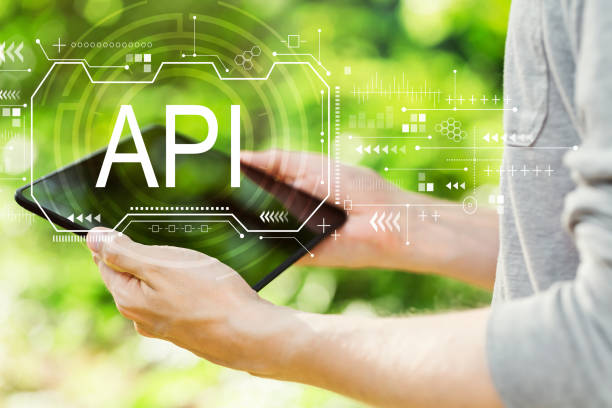
In Iran, efforts are also underway to develop and use **AI robots**.
Universities and research centers are conducting various projects in this field, and knowledge-based companies are also developing and commercializing **smart robots**.
However, these efforts are still in their early stages, and more investment and support are needed to reach the level of advanced countries.
The government can help develop this industry by providing financial and legal incentives, as well as by supporting the education and training of skilled professionals.
Furthermore, the private sector also needs to become more active in this area, helping the industry grow by investing in research and development, as well as by commercializing **smart robots**.
Through the cooperation of the government, the private sector, and universities, **AI robots** can be developed in Iran and their benefits utilized in various industries.
Difference Between AI Robots and Traditional Robots
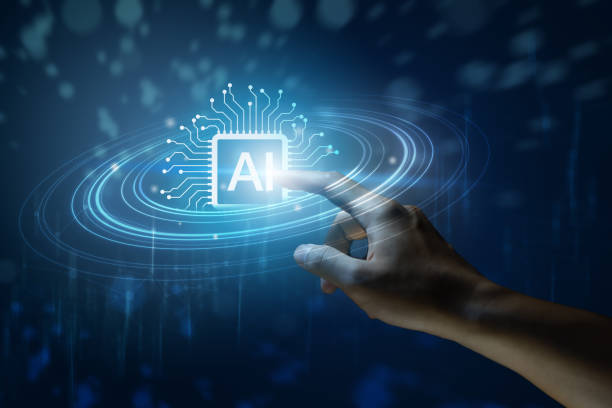
The main difference between **AI robots** and traditional robots lies in their ability to learn and make decisions.
Traditional robots are pre-programmed and can only perform tasks that have been defined for them.
Whereas **AI robots** can learn from data and experiences, and adapt their decisions based on environmental conditions.
This ability to learn and make decisions makes **AI robots** much more flexible and efficient than traditional robots.
For example, a traditional industrial robot designed for welding can only perform the welding task.
But an **AI welding robot** can continuously monitor weld quality by analyzing sensor data and, if necessary, automatically adjust welding parameters.
This adaptability makes the **AI robot** a powerful tool for increasing productivity and improving manufacturing quality.
| Feature | Traditional Robot | AI Robot |
|---|---|---|
| Learning Capability | No | Yes |
| Decision-making | Pre-programmed | Based on environmental conditions |
| Flexibility | Low | High |
| Application | Repetitive and defined tasks | Complex and variable tasks |
The Role of Machine Learning in the Development of AI Robots
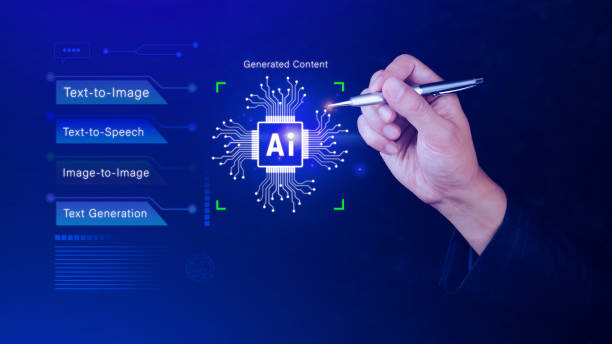
Machine learning plays a very important role in the development of **AI robots**.
Machine learning algorithms enable **robots** to learn from data, recognize patterns, and make predictions.
These capabilities help **robots** perform their tasks with greater accuracy and speed, and perform better in complex and dynamic environments.
Machine learning, especially deep learning, allows **robots** to solve complex problems and make optimal decisions.
For example, an **autonomous robot** using machine learning algorithms can analyze camera images and sensor data, and adjust its path based on traffic conditions and existing obstacles.
Or a nursing robot can detect abnormal changes by monitoring a patient’s vital signs and notify the doctor.
These advanced capabilities have transformed the **AI robot** into a powerful tool for improving our lives in the future.
Is your online sales not as expected? With Rasavab, solve the problem of low sales and poor user experience forever!
✅ Increase visitor-to-customer conversion rate
✅ Create an enjoyable user experience and boost customer trust
⚡ Act now to get a free consultation!
Ethics and Accountability in the Use of AI Robots

The use of **AI robots** comes with numerous ethical and accountability challenges.
One of the most important challenges is ensuring that these **robots** are used fairly and equitably, and do not violate human rights and privacy.
Also, accountability for the **robots’** actions must be defined, especially in cases where these actions lead to harm or damage.
Mechanisms must be in place to ensure that the **robots’** decisions are fair and equitable, and that there is a possibility to correct and compensate for errors if they occur.
Furthermore, laws and regulations must exist to govern the use of **AI robots** to prevent misuse of this technology.
By observing these points, the high potential of **AI robots** can be utilized to improve human lives, and their potential risks can be prevented.
Key Considerations for Choosing and Using an AI Robot
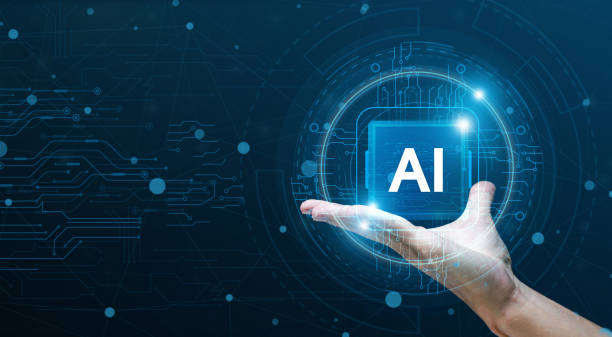
Choosing and using an **AI robot** requires attention to key considerations.
First and foremost, you must accurately define your needs and goals.
What tasks do you want to assign to the robot? What results do you expect? By answering these questions, you can choose the right type of robot.
Also, you should consider the robot’s cost, capabilities, and security.
**AI robots** can be very expensive, and you must ensure that the chosen robot is worth the investment.
Additionally, you should pay attention to the robot’s capabilities and ensure that it can perform your desired tasks with sufficient accuracy and speed.
Finally, you must consider the robot’s security and ensure that it is resistant to cyberattacks and adequately protects your data.
By observing these points, you can choose the appropriate **AI robot** and benefit from its advantages in your business.
For more information on choosing the right robot, you can refer to this site Choosing the Right Robot.
Frequently Asked Questions
| Question | Answer |
|---|---|
| What is an AI robot? | An AI robot (Artificial Intelligence Robot) is a machine capable of understanding its environment, reasoning, learning, and making decisions to perform tasks autonomously. |
| What is the difference between ordinary robots and AI robots? | Ordinary robots perform repetitive tasks based on prior programming, while AI robots can learn from experience, interact dynamically with their environment, and even behave in a way that resembles human intelligence. |
| What are the main applications of AI robots? | They are used in industries (manufacturing, assembly), medicine (surgery, diagnosis), services (customer support, domestic), exploration (space, underwater), and many other fields. |
| What technologies are used in building AI robots? | Machine Learning, Computer Vision, Natural Language Processing, Deep Learning, and Robotics are among the key technologies. |
| Can AI robots have emotions? | Currently, robots do not have emotions in the human sense. They can identify and react to emotions, but they do not experience emotions themselves. |
| What are the main challenges in developing AI robots? | Safety, reliability, ethics, autonomy, adaptability to complex environments, and natural human interaction are important challenges. |
| How are AI robots trained? | They are usually trained using large amounts of data, machine learning algorithms, and deep learning to identify patterns and make decisions. |
| Examples of AI robots in daily life? | Smart robotic vacuum cleaners, customer support chatbots, self-driving cars, and surgical robots in hospitals. |
| Are AI robots a threat to human jobs? | Some repetitive jobs may be automated, but at the same time, robots can increase productivity and create new jobs in the development, maintenance, and supervision of these systems. |
| How is the future of AI robots predicted? | They are expected to become smarter, more autonomous, and capable of performing more complex tasks, and to interact more closely with humans in various environments. |
And other advertising agency services by Rasa Web in the field of advertising
- Smart direct marketing: A combination of creativity and technology to attract customers through SEO-driven content strategy.
- Smart brand identity: Professional optimization for online growth using Google Ads management.
- Smart direct marketing: A new service to increase click-through rates through attractive UI design.
- Smart website development: An effective tool for user interaction through user experience customization.
- Smart brand identity: Professional optimization to increase site visits using user experience customization.
And hundreds of other services in internet advertising, advertising consultation, and organizational solutions
Internet advertising | Advertising strategy | Advertorial
Resources
What is an AI Robot? (Faradars Magazine)
AI Robot News and Articles (Zoomit)
AI Technology in Service of Humanity (ISNA)
Artificial Intelligence, the Future of Humanity (Mizan Online)
? To shine in the online space, you need a reliable partner. Rasavab Afarin, a leading digital marketing agency, paves your path to digital success by providing comprehensive services including SEO, smart advertising, and personal website design. Contact us today and transform the future of your business!
📍 Tehran, Mirdamad Street, next to Bank Markazi, Kazerun Jonubi Alley, Ramin Alley No. 6

